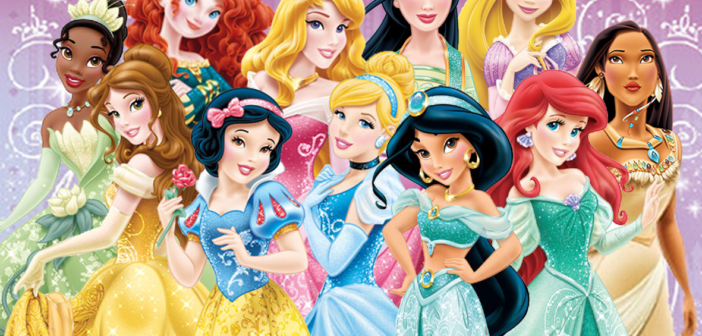Beauty is subjective. Beauty is culturally bias. Beauty and body are influenced by films, TV, magazine, and toys. Yes, toys. Not only dolls but toys in general. Gendered toys and how they relate to the imposed standards of body and beauty has been a topic of discussion which has generated many theses. A study on the negative effects of Barbie, a regular target for feminists, found that the girls’ body image is greatly affected by the mother’s attitude according to this Guardian article.
In December 2006, Peggy Orenstein’s New York Times article, What’s Wrong with Cinderella (VPN needed), pointed out that there were no studies to prove a direct link to playing princess and damages to girls’ self-esteem or other aspirations. The vice president of Design at Mattel said: “Girls view the world completely differently than grown-ups do. They don’t come at it with the same angles and baggage and all that stuff that we do. Clearly, the influences for girls on those types of issues, whether it’s body image or anything else, it’s proven, it’s peers, moms, parents, it’s their social circles.” in an article on Time Magazine in 2014.
A Guardian article published two days ago shares a new study from the Brigh that shows Disney princesses have contributed to ‘body image’ issues in young girls. A little context might be needed here. In 2000, Disney debuted its Princess brand that sells toys, games, figurines, and various accessories based on Disney classics such as Cinderella, Snow White, Sleeping Beauty, Jasmine, and non princess Mulan and Pocahontas. The later characters attires had to be redesigned under the new brand to fit the Princess theme. The brand has made over USD5.5 billion for the company since the sale of this merchandise was made available on the shelves.
The study titled “Pretty as a Princess” found that Disney’s Princess brand showed that “over time, girls with body esteem issues were more likely to “engage more with the Disney Princesses over time” according to the article.
The author of the study Sarah M Coyne supported the 2013 protests against the redesigned image of Disney’s Brave character Merida. According to the article , Coyne wrote: “Disney Princesses represent some of the first examples of exposure to the thin ideal. As women, we get it our whole lives, and it really does start at the Disney Princess level, at age three and four.”
Body image is a serious issue among adolescents. In a 2015 beijingkids article, the author looked at the rise of eating disorders and role that the Internet has played in creating online community groups based around disorders. The most crucial part of this article is that body image affects both boys and girls. The impact that dolls have on body image will still make great fodder for dissertation studies in the future as fact and fiction are separated.
In Orenstein’s article, she points out: “there is evidence that young women who hold the most conventionally feminine beliefs — who avoid conflict and think they should be perpetually nice and pretty — are more likely to be depressed than others and less likely to use contraception. What’s more, the 23 percent decline in girls’ participation in sports and other vigorous activity between middle and high school has been linked to their sense that athletics is unfeminine.”
She continues to look at the narrowing options that young girls are afforded in the supermarket, clothing stores, and more. She concluded the issue was primarily the limiting number of options available in the girls section of a store as compared to the boys section. The study by Coyne did find that the Disney Princess was limiting gender stereotypes.
Photo: sites.psu.edu




